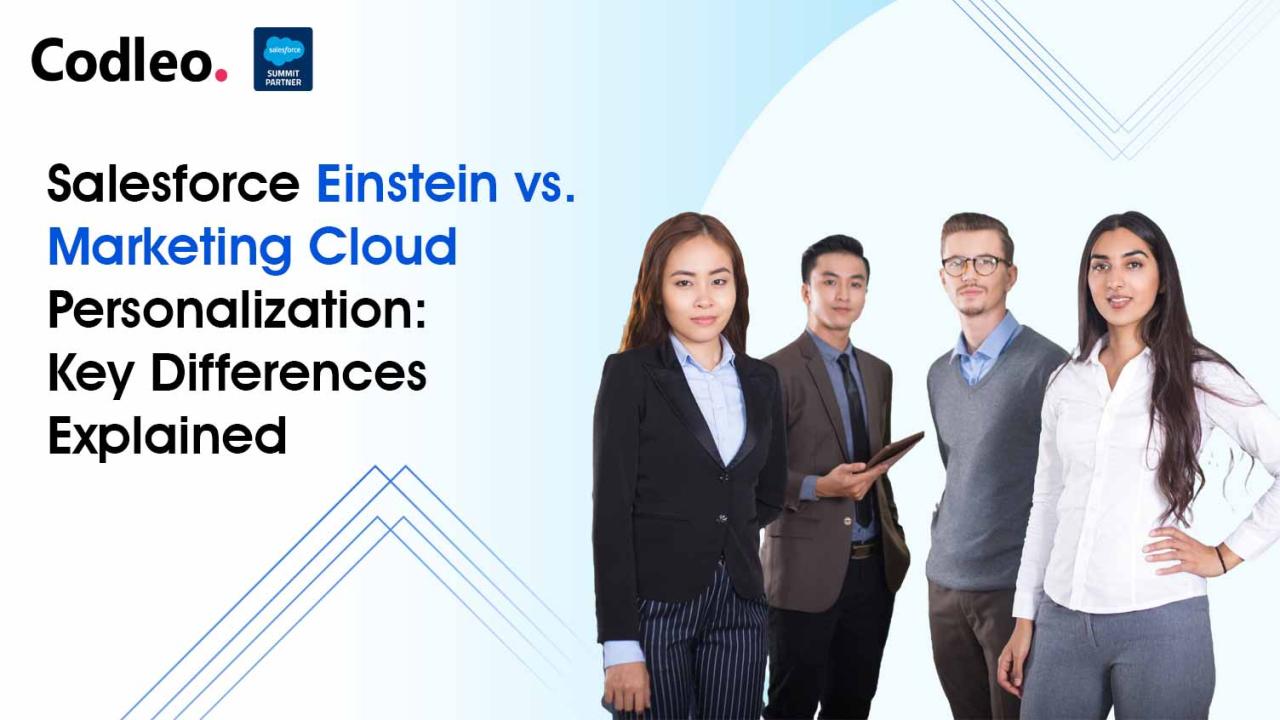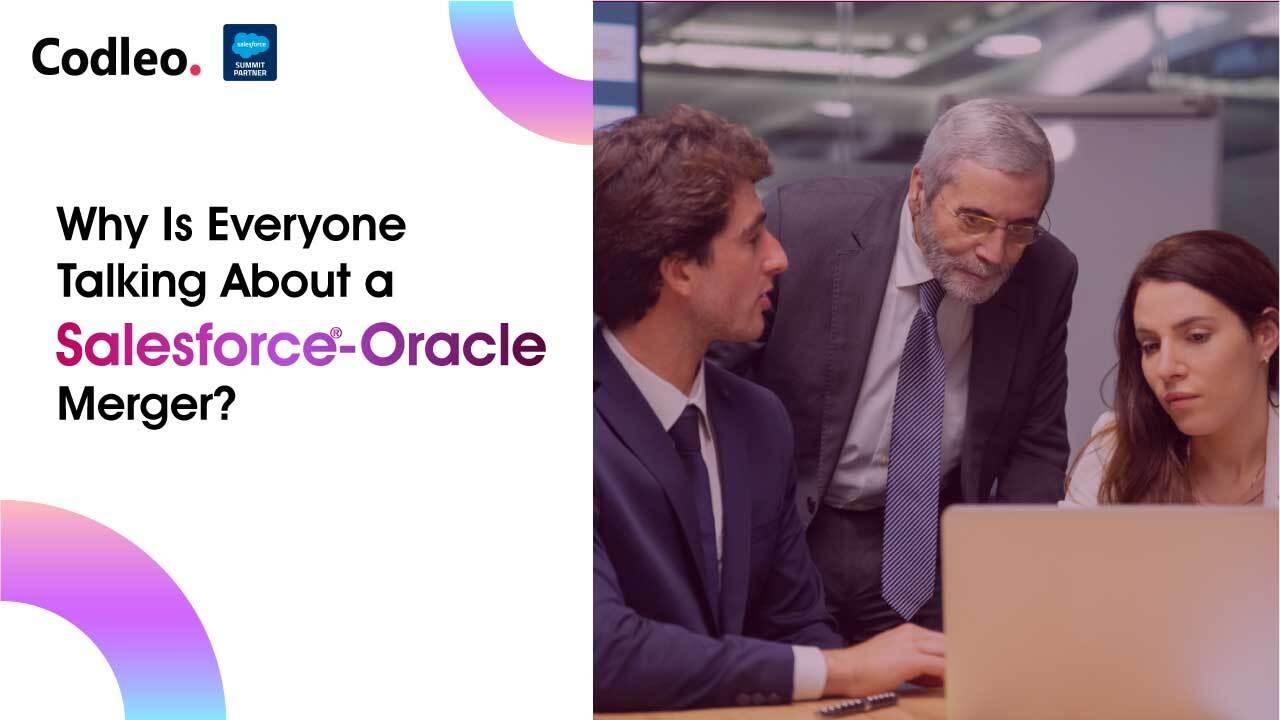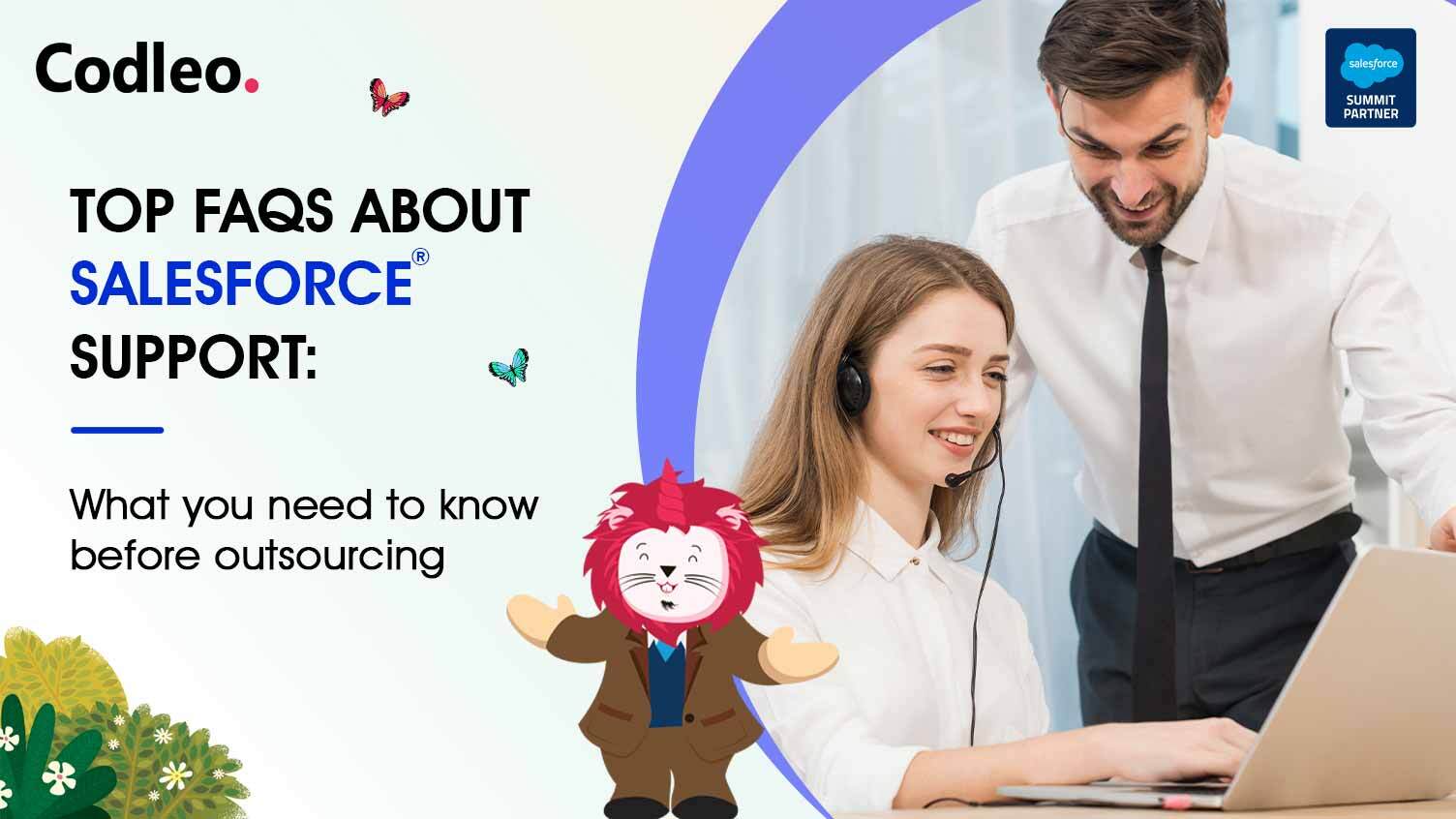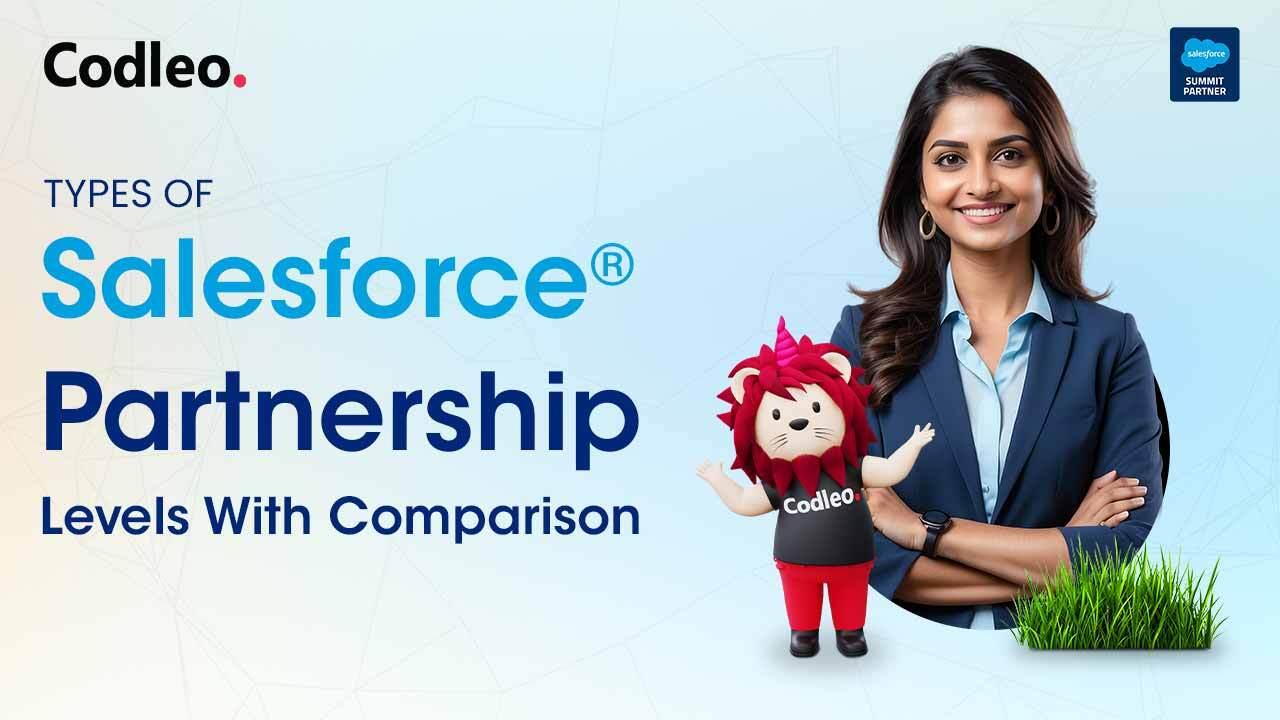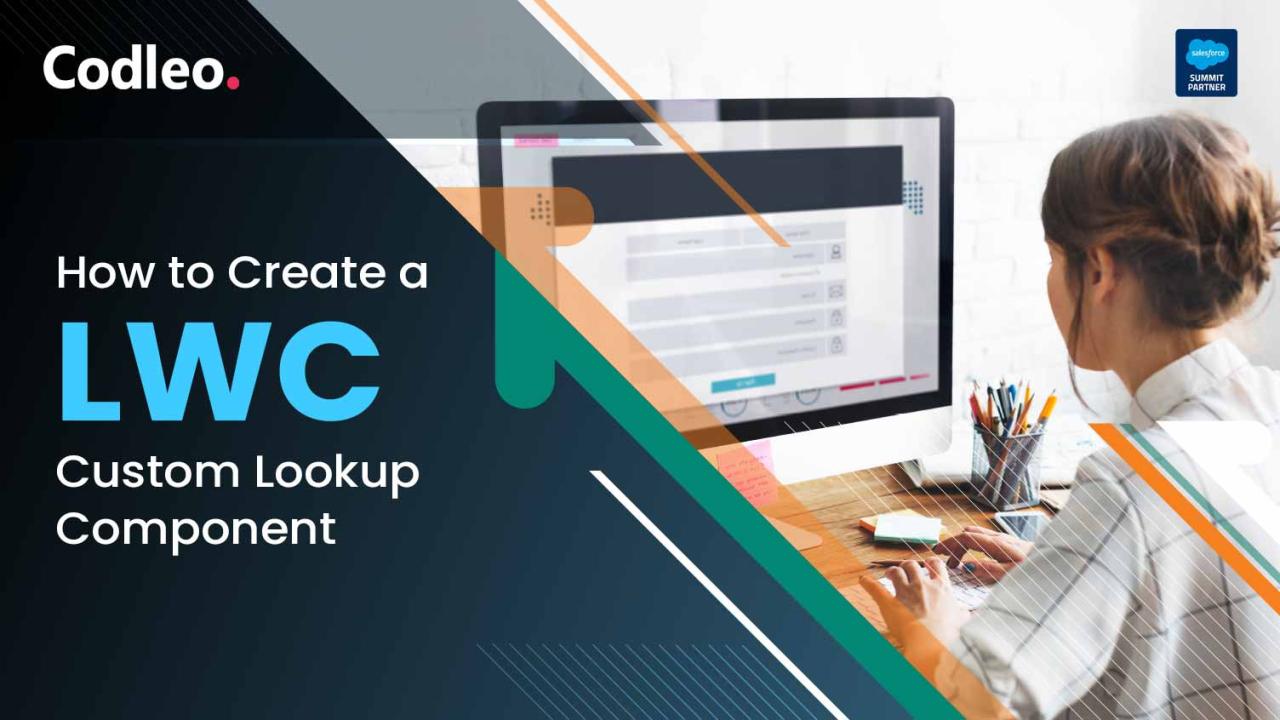Publish date:
Accepting change with grace doesn’t come to everyone, particularly at work and for example, moving from a comfortable environment like Salesforce Classic to the sophisticated & feature-rich Salesforce Lightning org. In this blog, we look at time-tested strategies to ensure that the move to the super-powerful Salesforce Lightning is received with enthusiasm, confidence, and efficiency, thanks to the Salesforce Lightning migration project.
Strategy 1: Be clear with communication to the business employees:
Communication is key. Begin by being clear regarding the important reasons for Salesforce Lightning migration. Talk about its many benefits, like the enhanced user experience, superior features, and more efficiency. Resolve team concerns and encourage an open dialogue so that everyone feels invested, heard, and amiable.
Strategy 2: Involve Users Early:
After identifying users, get them on board from day 1. Their suggestions and feedback are needed in molding the migration process. A core team with nominees from all related departments should be formed to drive the Salesforce Lightning migration project forward.
Strategy 3: Customised training Programs to be curated:
It's important that to ensure team adoption of the new instance all departments need to be trained and supported. The same should be executed by the project Salesforce partner. The training needs to be fun, relevant, and hands-on. If need be, refresher sessions need to be performed.
Strategy 4: Highlight Lightning's Value:
It’s important to drill into the minds of the user teams the many benefits of Salesforce Lightning migration for teams and the company, as a whole. Talk about the many features that will optimise their workload, streamline processes, and result in better decisions, plans, and actions. This strategy is ideal for user buy-in.
Strategy 5: Pilot Testing and Feedback:
Pilot tests with a core group of users is a good practice. The responses to experiences and issues should be taken care of quickly. This is ideal to ensure that everything is smooth before the project goes live.
Strategy 6: Support services by the partner company:
The Salesforce partner should contract with the business to provide support for at least 3 months after the Salesforce Lightning migration is over. This ensures user adoption as well as addressing any niggles that surface.
Strategy 7: Leverage the core champs:
The core testers need to use their experience to communicate their positive experiences and offer guidance and support to their colleagues. This results in confidence and mentoring.
Strategy 8: Continuous Improvement and Feedback Loop:
A continuous improvement feedback loop must be formulated and executed diligently. Get periodic feedback from users and improve the Lightning experience. This process establishes the commitment to helping users get comfortable and find a solution that makes their work easier.
User adoption is at the core of any important project, and Salesforce Lightning migration is no different. By using the above-listed strategic approaches, we believe that any business can reduce resistance, enable users, and offer a smooth roadmap for an efficient, productive, and superior CRM experience.
Ready to start your Salesforce Lightning migration? Contact Codleo Consulting, your trusted Salesforce Lightning migration Partner, to partner with you and obtain achieve unparalleled success. At Codleo Consulting, we make you future-ready and get ahead of the competition.






